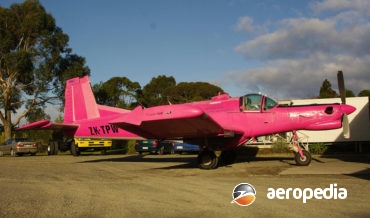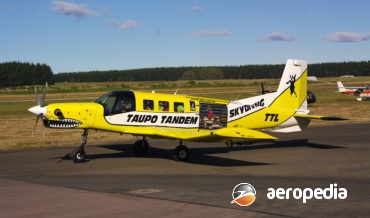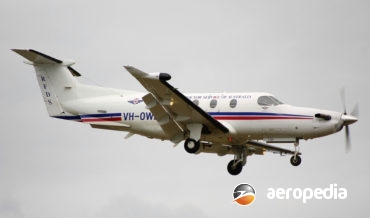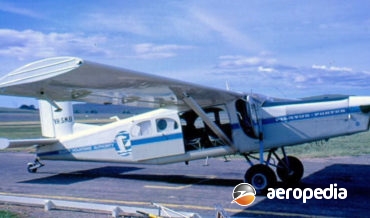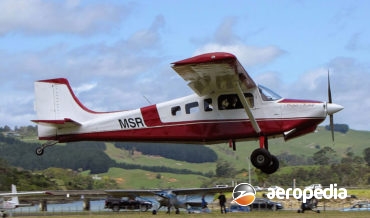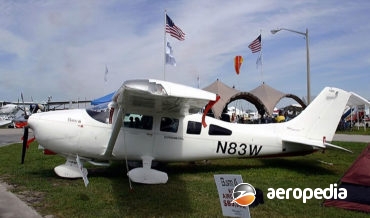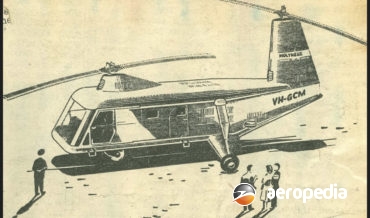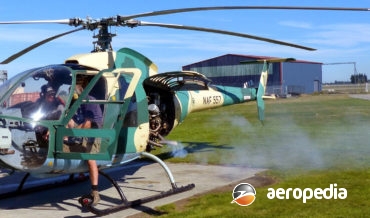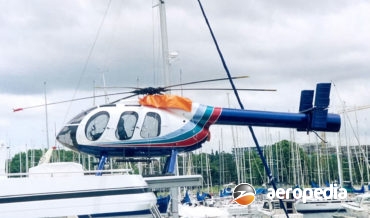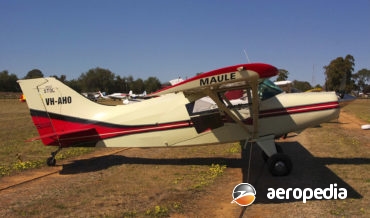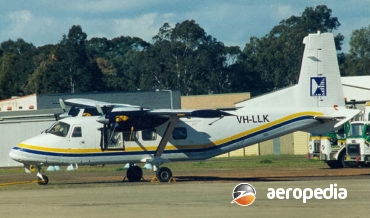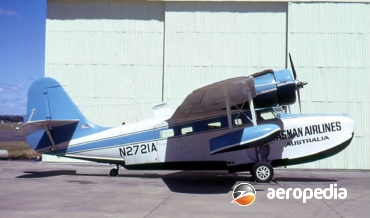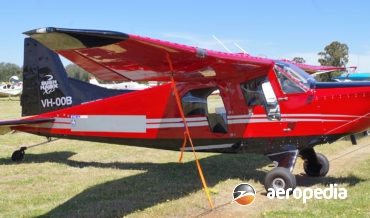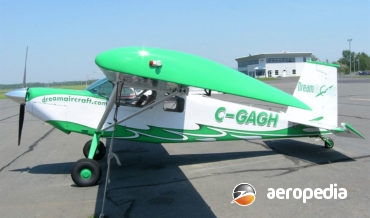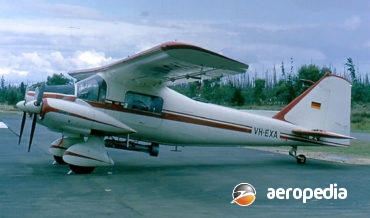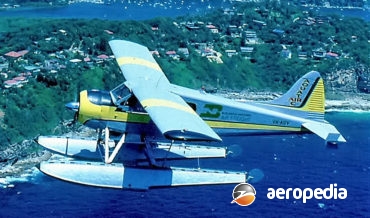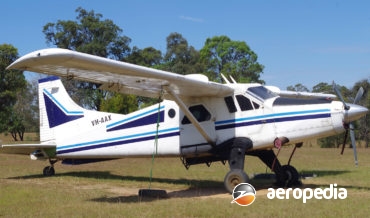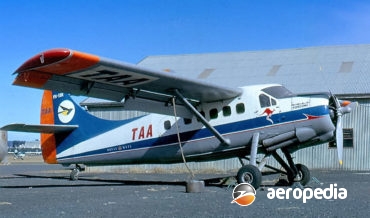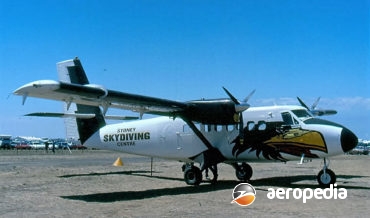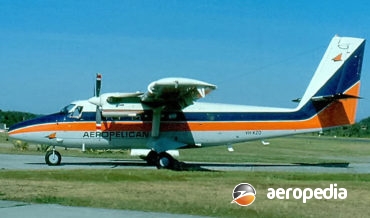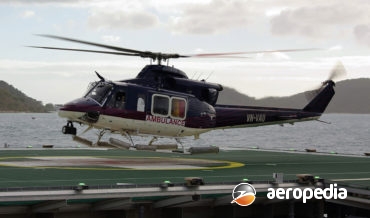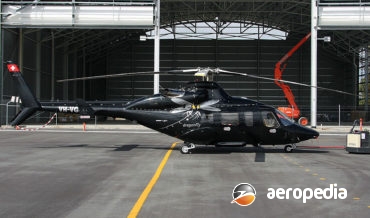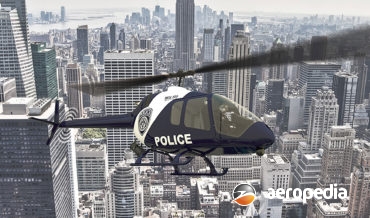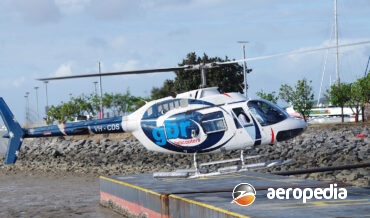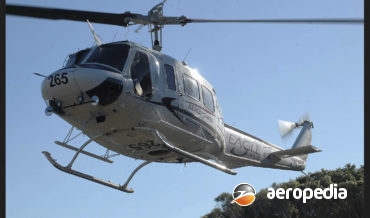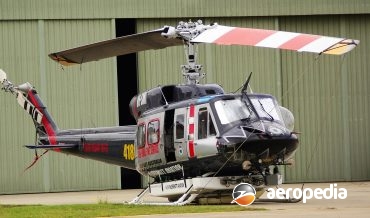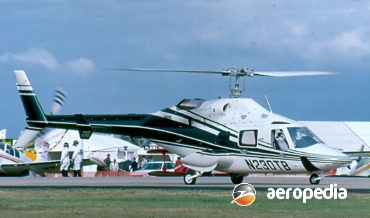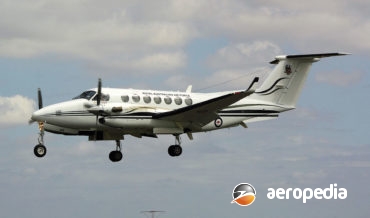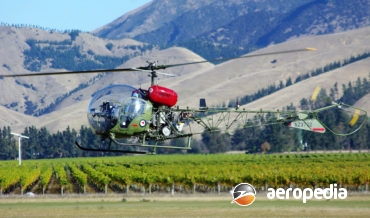All Contents
Contents
The PAC 750 series, as noted elsewhere was developed from the Cresco agricultural series of aircraft, which itself was developed from the Fletcher FU-24 series.
David C. Eyre
- May 8, 2019
The Cresco was a logical development of the Fletcher FU-24 agricultural aircraft, which was produced in large numbers for many years, firstly in the USA, and later in New Zealand from 1955
David C. Eyre
- May 8, 2019
The PAC 750XL was designed and produced by Pacific Aerospace Corp at Hamilton, New Zealand, the company having since 1966 produced over 600 aircraft. The 750XL was designed to meet the utility market where the parachuting industry, and other operators, would benefit from the aircrafts performance and low operating costs
David C. Eyre
- May 8, 2019
In 1989 the Swiss Pilatus concern announced it was developing a pressurised fast utility transport powered by a single Pratt & Whitney Canada PT-6A turboprop as a competitor for the Cessna 208 Caravan I, and the Beech King Air 200.
David C. Eyre
- May 8, 2019
Designed by the Pilatus Aircraft Works Ltd of Stans, Switzerland, the Turbo Porter was the culmination of a series of aircraft developed for utility use.
David C. Eyre
- May 8, 2019
The SR2500 Super Rebel was produced as a kit aircraft in Canada by Murphy Aircraft of British Colombia and kits were sold for a few years but production concluded in 2008.
David C. Eyre
- May 8, 2019
The Morrison Six was designed in the United States by James L Barr of Barr Aircraft in Montoursville, Pennsylvania.
David C. Eyre
- May 8, 2019
Grevor Chilton [known as Bing or George] Molyneux, who was born in 1917 and died in August 2001, was a young aeronautical engineer who held a number of degrees in aeronautical engineering.
David C. Eyre
- May 8, 2019
The Mil Mi-34 utility helicopter, with the NATO reporting name Hermit, is a light utility helicopter produced by the Mil Helicopter facility in Moscow in either two or four seat configurations.
David C. Eyre
- May 8, 2019
A derivative of the MD-520N, the MD-600N prototype was unveiled at the Helicopter Expo in Las Vegas in January 1995, the concept having been announced in November 1994
David C. Eyre
- May 8, 2019
The M-9 series was introduced to the Maule range of aircraft in 2003 and was offered with four engine options, one of which is the SMA SR-305 diesel engine providing 172-kw (230-hp), this model, known as the M-9-230 being first shown at the EAA event at Oshkosh in 2007.
David C. Eyre
- May 8, 2019
The next series was the M-7, which commenced with the M-7-235 Super Rocket five seater with a 175-kw (235-hp) Avco Lycoming IO-540-W engine; MX-7 Star Rocket with the short span wing of the M-5, increased fuel capacity, ailerons and flaps of the M-7, and the fuselage of the M-6, and
David C. Eyre
- May 8, 2019
The Courier utility aircraft was built for the Helio Aircraft Corp at the Pittsburg, Kansas, facility of Mid-States Manufacturing Corp.
David C. Eyre
- May 8, 2019
The Harbin Y-12 was a development of the piston engined C-11 built in some numbers by the State Aircraft Factory of the Chinese People’s Republic at Shenyang.
David C. Eyre
- May 8, 2019
The Grumman G21 series of twin engine amphibians was introduced in 1937.
David C. Eyre
- May 8, 2019
Found Brothers Aviation Ltd was formed in 1946 to build a light utility aircraft known as the FBA-1 for bush operators in Canada from the Mackenzie River up to the Arctic coast, the aircraft to be able to operate on wheels, skis or floats and be able to withstand the
David C. Eyre
- May 8, 2019
The Tundra is a STOL utility aircraft of all-metal construction, the constructor of the kit aircraft being based in Quebec, Canada.
David C. Eyre
- May 8, 2019
The Dornier DO.27 was the first German military aircraft of post-war design to achieve quantity production, and it saw service with the air forces of West Germany, Switzerland, and South Africa, as well as the armies of Germany and Sweden.
David C. Eyre
- May 8, 2019
The DO.28 was designed and built by Dornier as a STOL light utility aircraft.
David C. Eyre
- May 8, 2019
In June 1979 Dornier tested an aircraft called the Dornier DO 228TNT. A new commuter airliner with an advanced technology wing, it was aimed at the 15/19-seat commuter market. The initial model was the 228-100, the prototype of which flew on 28 March 1981.
David C. Eyre
- May 8, 2019
The prototype of the de Havilland Beaver (CF-FHB) utility aircraft was flown for the first time on 16 August 1947.
David C. Eyre
- May 8, 2019
The Mk III Turbo Beaver was a logical step from the piston engined Beaver to provide a more modern power plant and greater capacity.
David C. Eyre
- May 8, 2019
Like its predecessor, the DHC-2 Beaver, the Otter was developed in Canada to operate in undeveloped areas such as those in northern Canada.
David C. Eyre
- May 8, 2019
Using basically the same fuselage and wing as the single-engine Otter, the DHC-6 Twin Otter was designed with a new nose and tail assembly, and the cabin section was extended in length to seat up to 20 passengers.
David C. Eyre
- May 8, 2019
Following the success of the earlier Twin Otters Series 100 and 200 de Havilland Canada moved to the Series 300, production of this ;
David C. Eyre
- May 8, 2019
The Mosquito made its public debut at the Australian Bicentennial Airshow at Richmond, NSW in October 1988, being a two-seat light aircraft built by the Buchanan Aircraft Corporation Ltd.
David C. Eyre
- May 8, 2019
A development of the Britten Norman Islander, the prototype of the BN-2T was flown for the first time on 2 August 1980, and production followed slowly over the following years.
David C. Eyre
- May 8, 2019
The prototype of the Model 412 series was flown for the first time in August 1979, being an updated and refined development of the Model 212, having a new-design four-blade rotor in lieu of the two-blade unit, a shorter rotor mast assembly, and a more powerful engine and transmission system
David C. Eyre
- May 8, 2019
The Bell 429 is a light twin-engine helicopter produced by Bell Helicopter at Fort Worth, Texas, in the intermediate class cabin category with a flat floor to provide, in the air medical mission role, easy passenger access.
David C. Eyre
- May 8, 2019
The Bell 430 is a stretched and more powerful variant of the Model 230, work on the design beginning in 1991.
David C. Eyre
- May 8, 2019
The Model 505 Jet Ranger X was designed as a replacement for the Model 206 JetRanger in the Bell fleet of helicopters, it being class as a clean-sheet design which uses some dynamic components, of the Bell 206L4.
David C. Eyre
- May 8, 2019
The Bell 206 series of light helicopters was one of the most successful machines to be built in its intended role, and some 7,700 examples have been built for civil and military operators in a variety of models. In addition, licence production was carried out in Australia by the Commonwealth
David C. Eyre
- May 8, 2019
The prototype of the Bell 206L LongRanger was flown for the first time on 11 September 1974 and, after type certification, deliveries began during October the following year.
David C. Eyre
- May 8, 2019
Eagle Coptors of Calgary, Alberta, Canada, in recent years received STC approval for the conversion of Bell 212s to single-engine configuration and delivered the first conversion to Great Slave Helicopters.
David C. Eyre
- May 8, 2019
The Bell Model 212, known as the Twin Two-twelve, was developed from, and based on, the Model 205 Iroquois.
David C. Eyre
- May 8, 2019
The Bell 214 series was announced by Hell Helicopter in 1970 as a development of the Bell 205 and basically involved the installation of a Lycoming T53-L-702 engine providing 1,417 kw (1,900 shp) engine and a prototype 214A (c/n 27004) became a demonstrator which was evaluated by the Imperial Iranian
David C. Eyre
- May 8, 2019
In 1974 the Bell Helicopter Company announced its intention to develop the Model 222, and the first of five prototypes was flown for the first time on 13 August 1976. This model received FAA certification in pre-production configuration on 16 August 1979.
David C. Eyre
- May 8, 2019
The Bell 230 is a utility helicopter designed with simplicity, low cost, low maintenance and reliability in mind, and was introduced to the Bell range of helicopters in 1991 and is a development of the Bell 222B series.
David C. Eyre
- May 8, 2019
The King Air 300 was a development of the 200 series of corporate aircraft but only 219 examples had been built when production ceased in 1991 in favour of the 300LW.
David C. Eyre
- May 8, 2019
Probably one of the most, if not the most, produced helicopters in the world, the Bell 47 series began when the Bell Aircraft Corporation commenced the development of helicopters in 1941 and flew the first of five experimental two-seat prototypes in 1943, the first being known as the Model 30
David C. Eyre
- May 8, 2019
Recent Comments
Archives
Categories
- No categories
Categories
- No categories
Latest Posts
Newsletter


